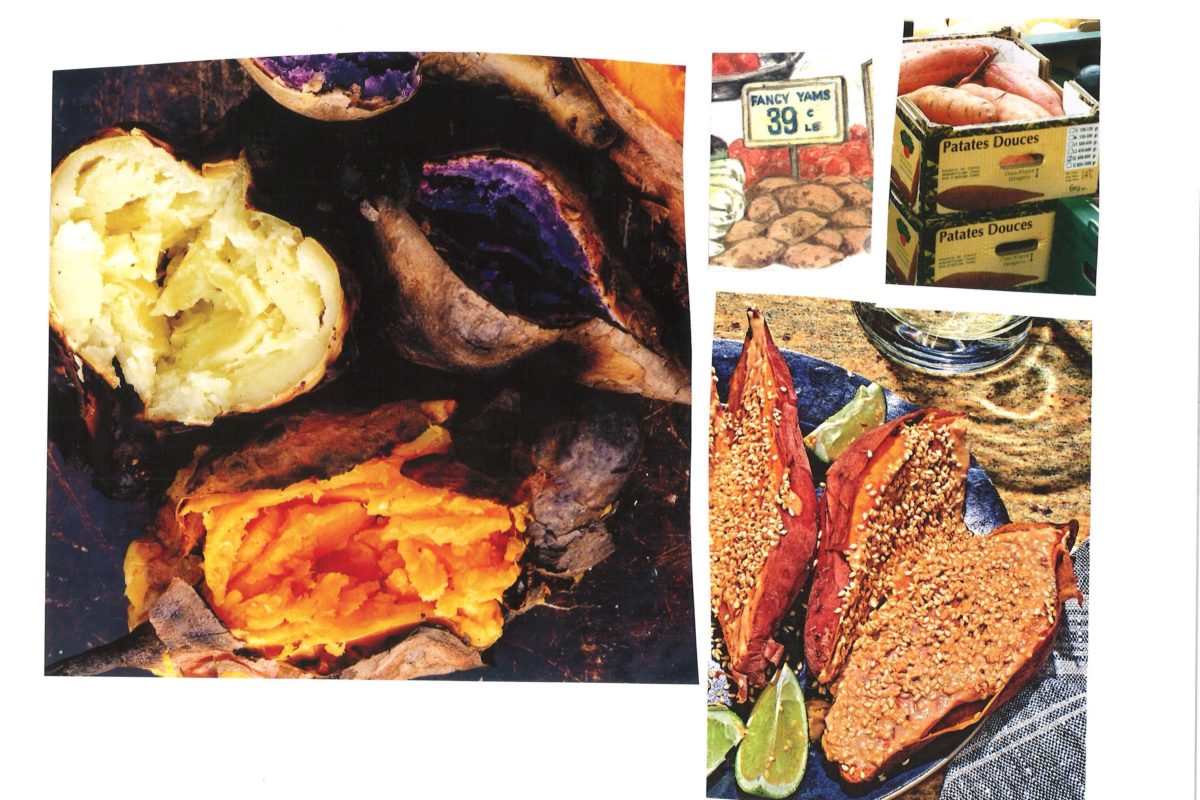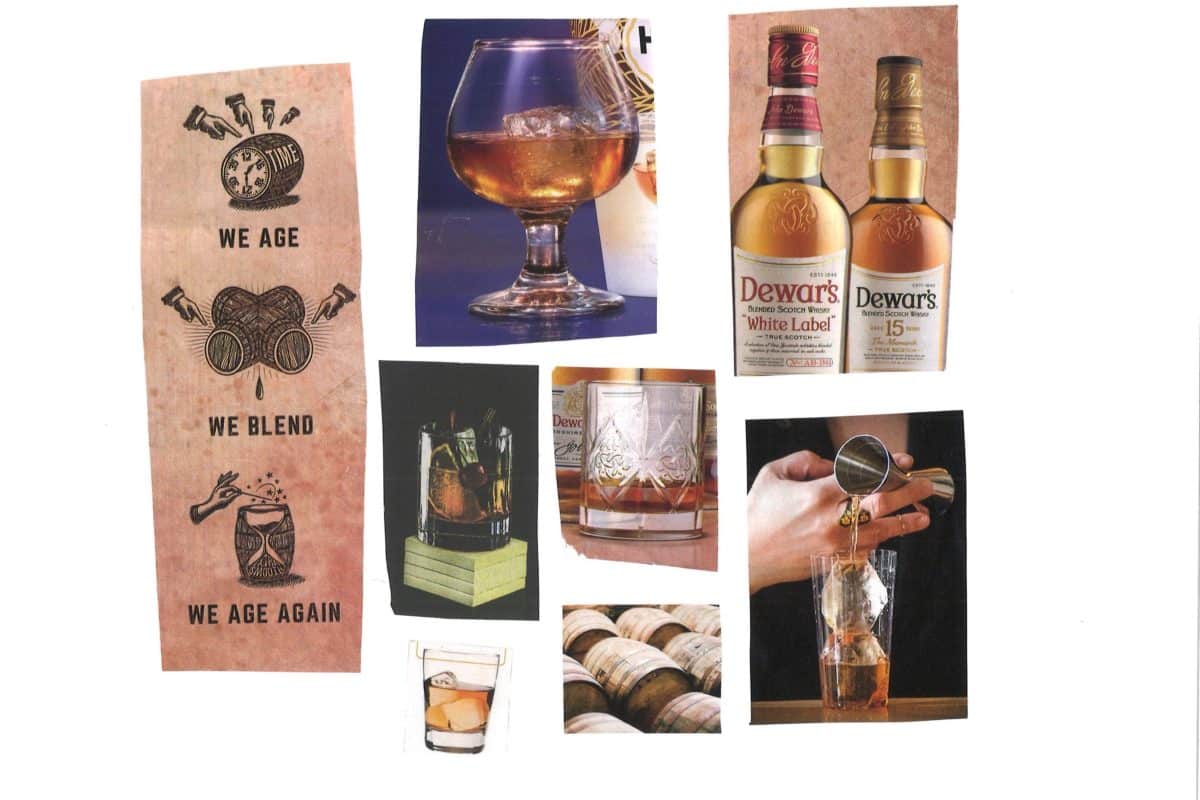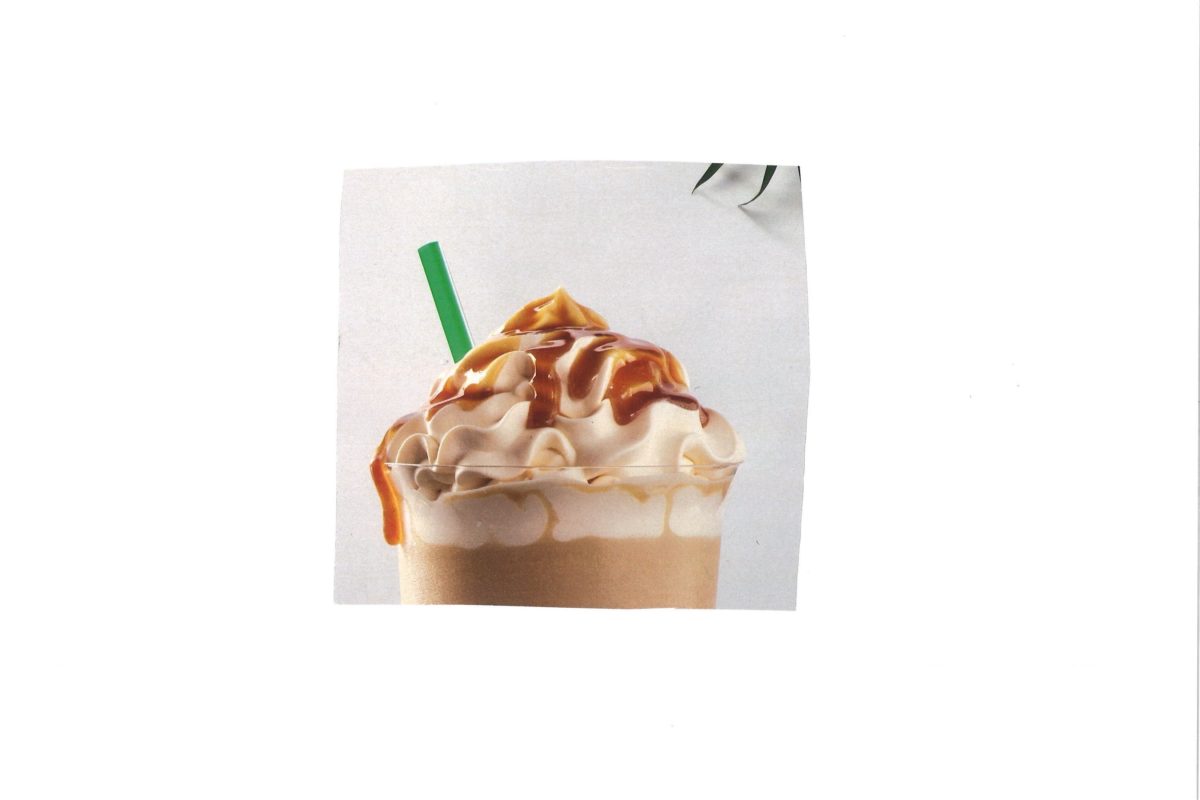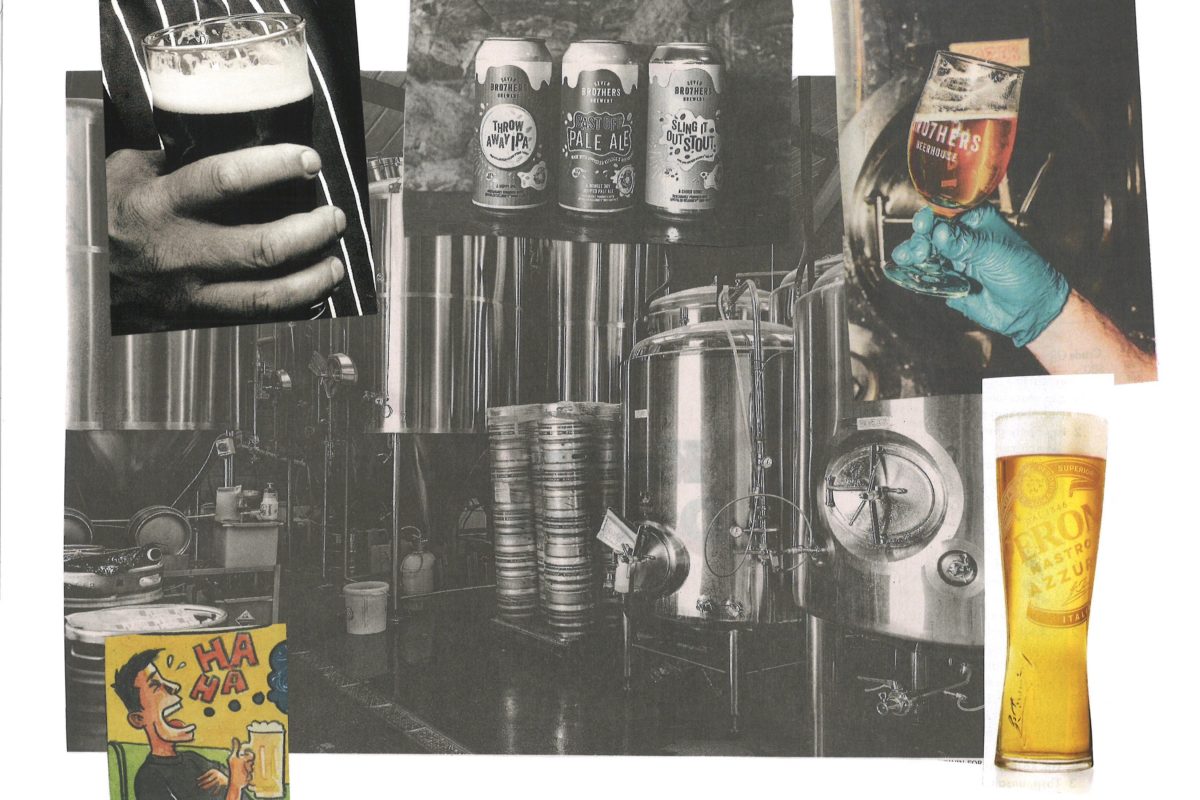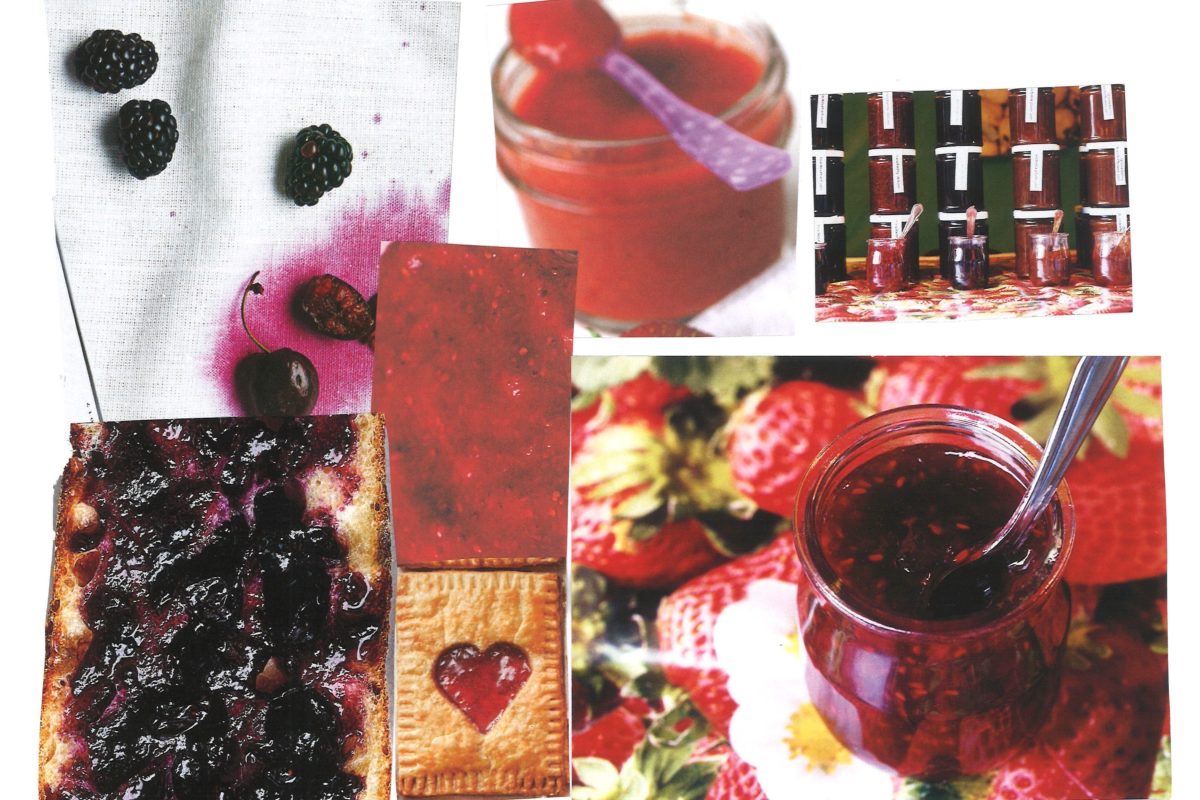What’s the Difference Between Lox, Nova, and Smoked Salmon?
Sometimes, we think we know things. Sometimes, some things are such a part of the fabric of our lives and our history and our surroundings that our sense of rightness about a certain topic feels almost innate. And yet sometimes, we are wrong. My dear readers, this might be one of those times—buckle up.
You probably know a Jew or two—you might even be a Jew yourself. But even being a New York Jew does not make you pre-programmed to know the differences between lox, Nova, and smoked salmon. That “bagel and lox” you eat on Sunday mornings… might not be a bagel and lox. Oy gevalt, I know. Deep breaths.
Luckily, Niki Russ Federman, the fourth-generation owner of Russ and Daughters, is here to talk us through it. Let’s start with the basics:
There are two major cooking processes in play when discussing the salmons of the appetizing counter: curing and smoking. Curing is a process in which a food is preserved in salt (and sometimes additional flavorings/aromatics). Smoking is a process in which a food is exposed to, well, smoke—with a “cold-smoke” for salmon happening below 85°F, and a “hot-smoke” for salmon happening above it. According to Niki, “cold-smoked salmon is the stuff that can be sliced so thin you can read the Times through it. Cured salmon has a similar texture, but without any smoke flavor. Hot-smoked salmon has a completely different texture—meaty and flaky, like cooked salmon.”
Lox—or “belly lox,” which is the actual name for it—is salmon that has been cured in salt. (Like gravlax, which is cured in sugar and salt, there’s no smoking involved.) It’s the version of preserved salmon people ate before refrigeration was widely available; salmon from the Pacific was hauled across the country in gigantic salt baths, and fed to the Jewish immigrants of New York before a morning at shul or a long day of work. The taste of true lox is incredibly salty and assertive; “we think bagels with lox was invented because belly lox needed bread and dairy to cut it,” says Niki. “People will constantly come in and ask for lox, and it sometimes requires a little back and forth to find out what they’re actually looking for. If someone over a certain age asks assertively for belly lox, we’re not going to question him or her, but most people end up wanting one of our seven varieties of smoked salmon.”
Do you hear that, folks? What you probably enjoy eating on your bagel is smoked salmon, specifically cold-smoked salmon—not lox.
To Niki, the “quintessential smoked salmon”—“what you think of when you think of New York–style smoked salmon”—is Gaspe Nova, or Nova for short. “Nova” refers to both the geographical location where the fish is caught (Nova Scotia) and a style of smoked salmon, in which the fish is first cured and then lightly smoked.
At Russ and Daughters, you’ll find the luxe Gaspe Nova—with a “marbling and fattiness that give the salmon a silky quality”—along with Scottish salmon and Western Nova. Scottish salmon is a great middle ground; “it has a lovely smoke to it, but since it’s a fat salmon, it retains a lot of moisture and silkiness,” says Niki. Western Nova, which is made with wild king salmon, is leaner and more muscular, with a tighter texture and more assertive flavor than the other styles.
Rounding out the salmon options is kippered salmon, which is hot-smoked at 150°F. This gives it a texture more akin to poached salmon, and it’s served in straight up-and-down slices rather than the paper-thin cuts of cold-smoked or cured stuff. “For me, this is one of the unsung heroes of appetizing,” says Niki. “I think it’s so delicious.”
One more thing (and a bonus What’s the Difference!): don’t you dare call this stuff “deli.” “In the Jewish tradition, you don’t mix meat and dairy, so appetizing is fish and dairy—stuff you’d eat with bagels,” says Niki. “It’s the sister food tradition to deli”—which is the meat version of appetizing—“and it’s been that way for over a hundred years.”
If you liked this, subscribe to the What’s the Difference newsletter here!

